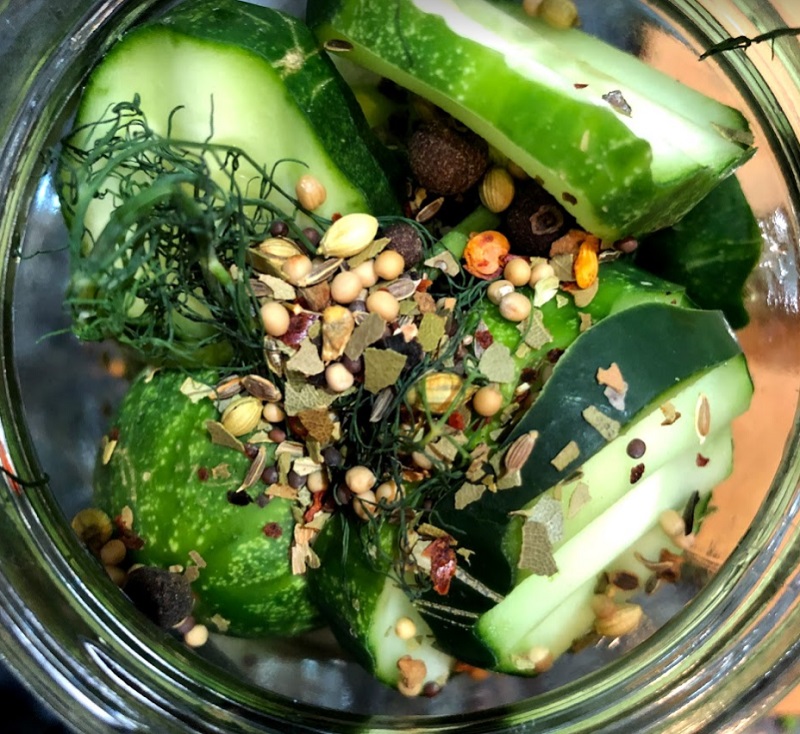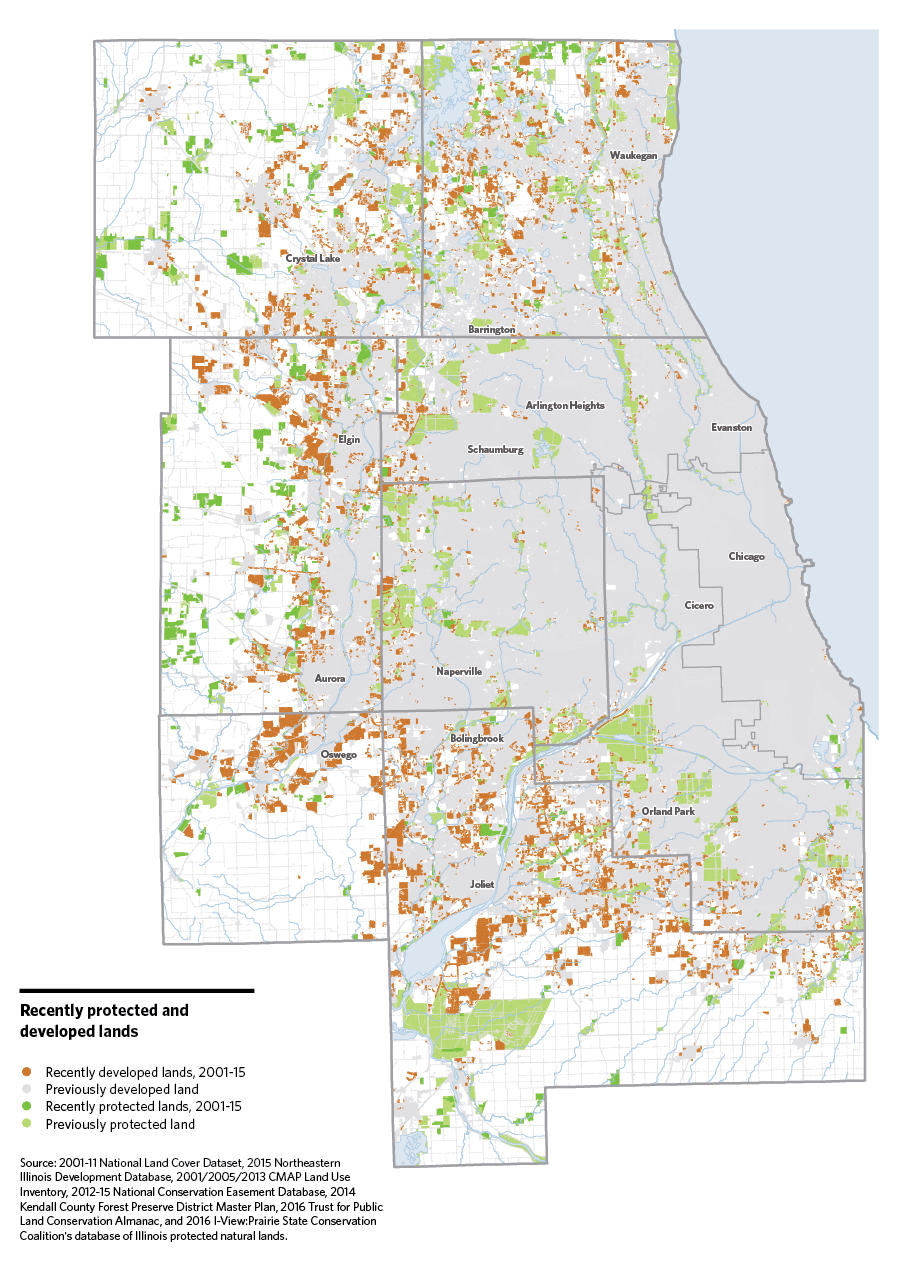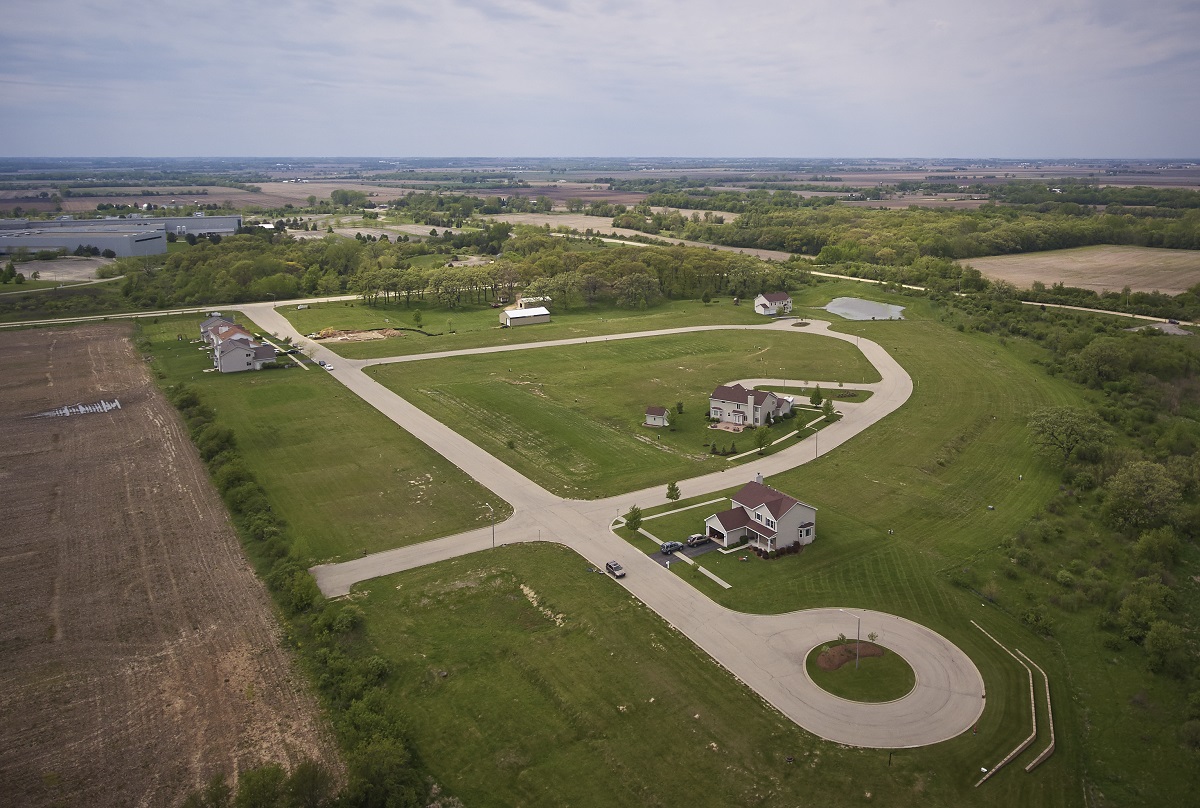CMAP Executive Director Erin Aleman shares why both agriculture and conservation play a critical role in the health and vitality of northeastern Illinois.

I grew up in southwest Michigan, surrounded by farms. In elementary school, we took annual field trips to Nye’s Apple Barn to pick apples and watch them being squeezed into juice. Now, I enjoy taking my kids back there to spend time with my family — it’s one of my favorite places.
That's one of the reasons I was excited to participate last week in the Dialogues on the Future of Food, Farming, and Conservation, hosted by two organizations collaborating for the first time: Farm Foundation and Openlands.
As I shared at the event, here are four key insights to keep in mind as we work together on supporting local food and farming, and open spaces and natural resources.

